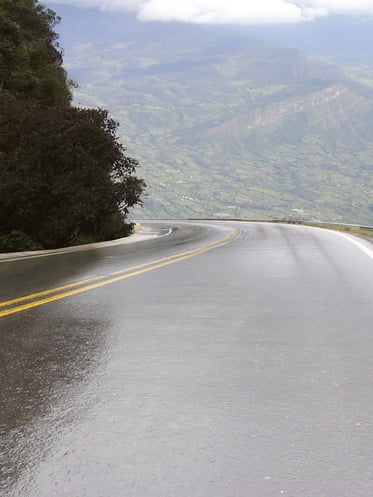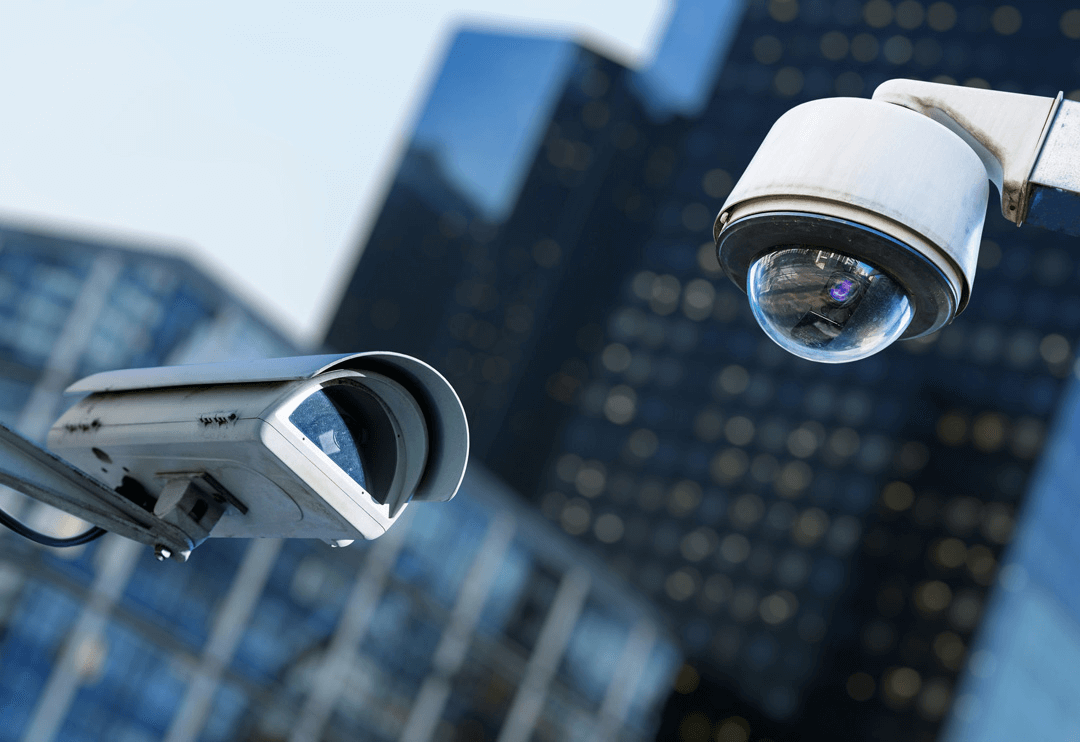 In a perfect world, the sun is always shining and driving conditions are always ideal. But in the real world, rain must fall. Waiting out hazardous driving conditions is always the safest policy. However, driving in the rain can't always be avoided, especially on days when it's sunny one minute and pouring the next. Even a light drizzle can make road surfaces slick and make driving — and stopping — tricky. If you do find yourself driving in the rain, follow these rainy-day tips to increase your chances of getting to your destination safely.
In a perfect world, the sun is always shining and driving conditions are always ideal. But in the real world, rain must fall. Waiting out hazardous driving conditions is always the safest policy. However, driving in the rain can't always be avoided, especially on days when it's sunny one minute and pouring the next. Even a light drizzle can make road surfaces slick and make driving — and stopping — tricky. If you do find yourself driving in the rain, follow these rainy-day tips to increase your chances of getting to your destination safely.
When you're on the road during a rainstorm
Keep these tips in mind to stay safe when you're navigating rainy streets:
- Slow down. This is a no-brainer. Speed limits are set with average driving conditions in mind, and drivers are expected to adjust their speed to suit current conditions. It's especially important to ease up on the gas pedal when road conditions are slick and visibility is limited. The nastier the conditions, the slower you should be driving. Higher speeds will make it harder to stop and increase your risk of hydroplaning, which occurs when the rain reduces the surface contact between your wheels and the road. Rain also causes the oil from asphalt to rise to the surface, making it a slick ride.
- Leave extra space between your vehicle and the one in front of you. This is not the time to be reading bumper stickers. Ensure you leave extra space between you and the car ahead of you. Your reaction time may be slowed due to poor visibility, and the distance your car takes to stop is greatly increased on a wet or slippery surface.
- Brake gently and early. This goes hand-in-hand with leaving extra space between your vehicle and the one in front of you. Slamming down on your brakes will increase your likelihood of skidding and losing control, so pay close attention to the road and apply light pressure to your brakes earlier than you normally would in dry conditions. This is true of steering as well, so you should also avoid sharp steering corrections.
- Turn your headlights on. If you have automatic lights, don't assume they'll come on when it's overcast and raining, as it's not always dark enough to trigger the photosensitive sensors. It's best to manually activate your lights in rainy conditions. You want to see what's in front of you, and you want to be seen by the vehicle behind you.
Before you drive in the rain
Before you hit the road in rainy conditions, consider these tips:
- Replace your windshield wipers if they leave streaks. Windshield wipers do their job well when they're in good shape and properly fitted. Every make and model of vehicle has a recommended windshield wiper size for proper functioning. A damaged wiper blade or incorrectly installed wipers won't keep your windshield clear and will reduce your visibility.
- Check your tires. Heavy rain, large puddles, and slippery roads can combine to test the limits of even the best tires. You can increase your chances of arriving safely by regularly checking that your tires are in good shape. Worn tires (or worse, bald tires) don't channel water effectively, and that means less traction and less control of your vehicle.
- Keep a clear view of the road. Your fuzzy dice hanging from the rearview mirror may look cool, but anything that disrupts your sight line is never a cool driving move. Items hanging in your front windshield, especially ones that move, can cause blind spots and distractions. This is true anytime you're driving, but it's even more of an issue when your visibility is already reduced by rain, snow, or fog.
- Maintain your vehicle. The last thing you want is to break down on the side of a road or highway in the pouring rain. Along with the items listed above, make sure your engine, battery, and other "under the hood" necessities are in good shape by keeping up with your vehicle's regular maintenance schedule.
- Know when to stay home. If there's a torrential downpour outside and you can see that water is flooding the streets outside your home, cancel or reschedule your plans. Your safety should come first. Not only is driving through flooded streets dangerous, but it can also damage your vehicle. If you're in a potential flooding situation, take some steps to protect your car from flood damage.
Even if you've followed every safety precaution possible for driving in the rain, you may still find yourself in an accident. That's what insurance is for. Make sure you and your passengers are safe, try to stay calm, and collect the information you need to make a car insurance claim.
With thanks to Economical Insurance for their editorial contribution.


 ;
;
 ;
;
 ;
;
 ;
;
 ;
;
 ;
;
 ;
;


